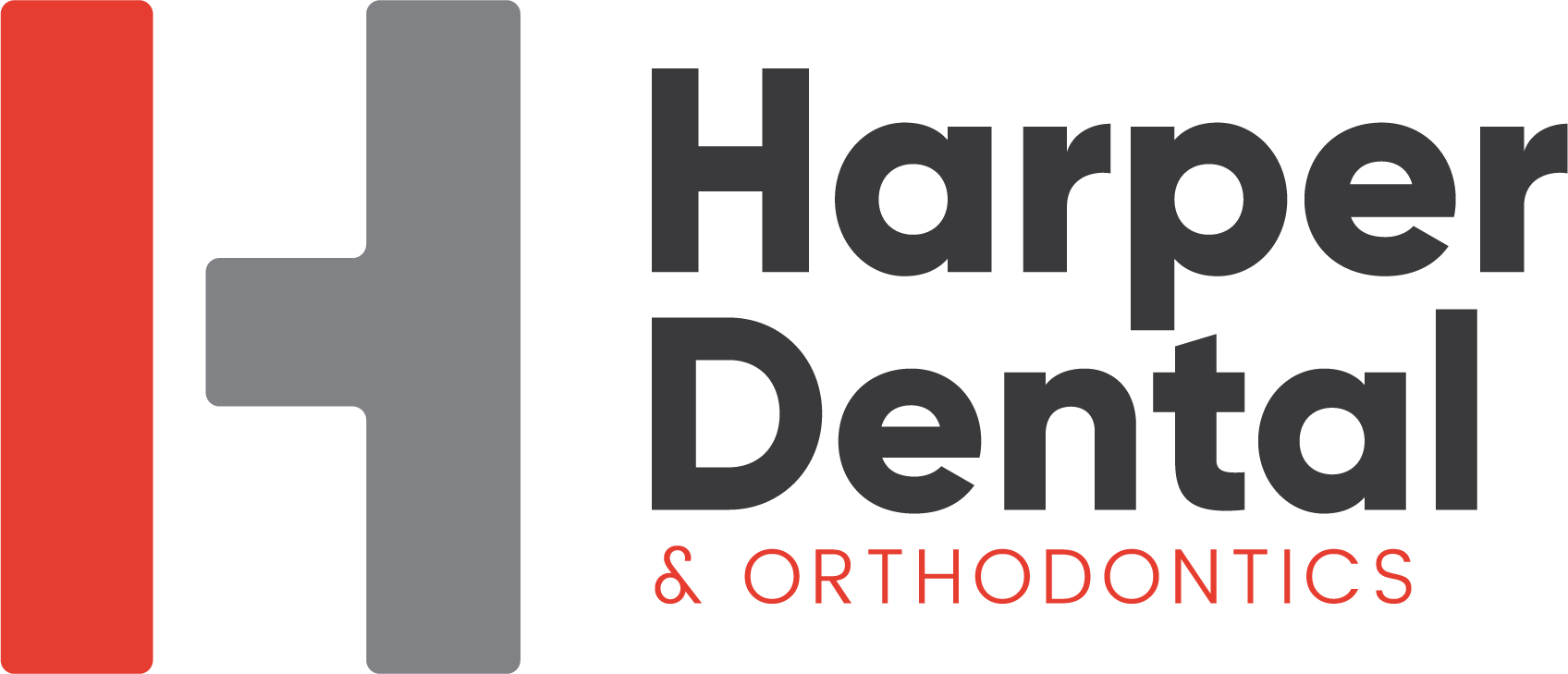A bridge can be a great solution to replace a missing tooth, particularly if the tooth behind the space would already benefit from a strengthening restoration.
The bridge feels quite similar to the implant in that it is fixed in position and maintenance procedures are quite similar to your natural teeth.
So what’s the problem with a bridge?
The risk with placing a bridge is that when the tooth has been prepared for the bridge abutment that holds the false tooth in position the nerve can die off underneath the abutment and require root canal treatment or in severe cases even extraction. Not a great outcome when the tooth didn’t need to be extracted before the bridge preparation, to say the least.
Are all bridges created equal?
There is another type of bridge, called a Maryland bridge, which does not depend on filing down adjacent teeth for it’s retention. A Maryland is suitable for replacing missing teeth in a small percentage of cases. Where it is suitable a Maryland is a viable alternative to an implant. Case selection and diagnosis is very important.


